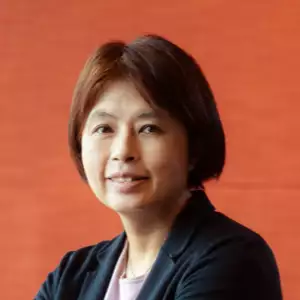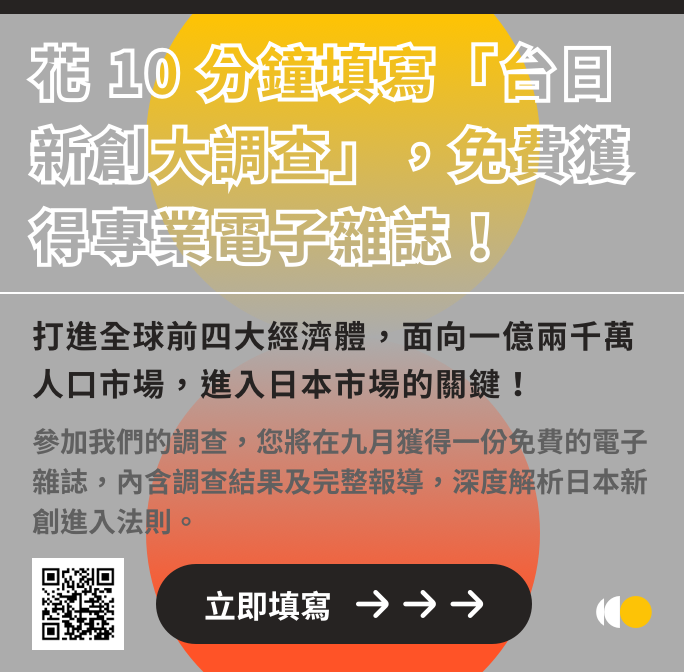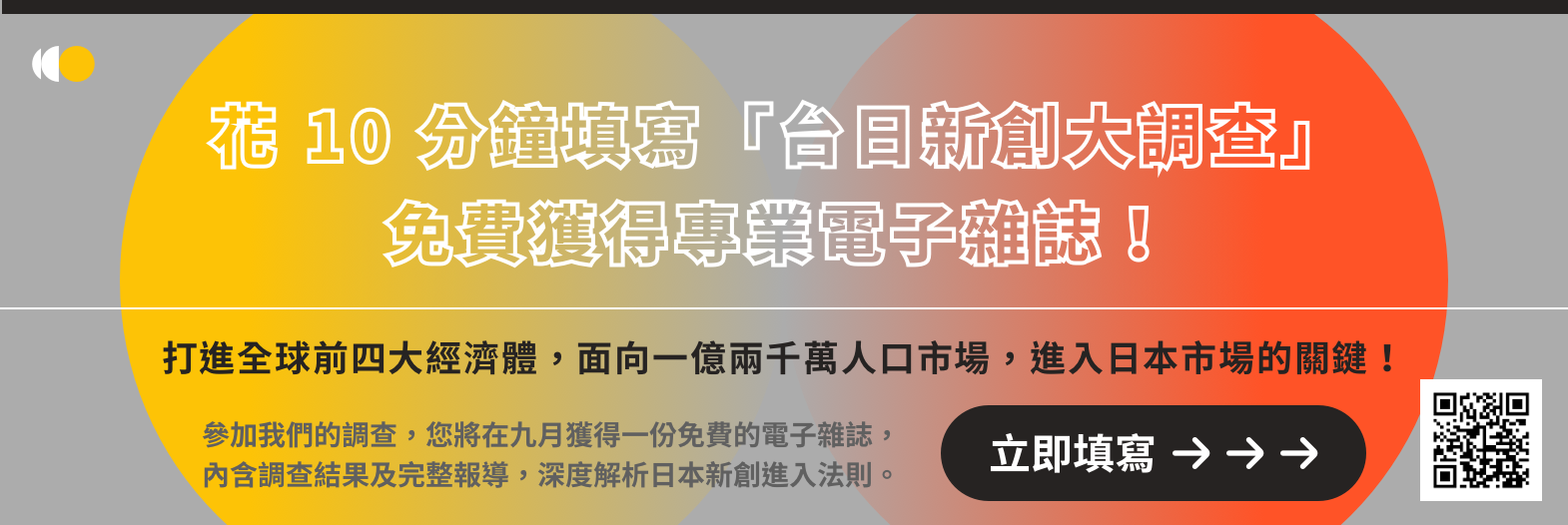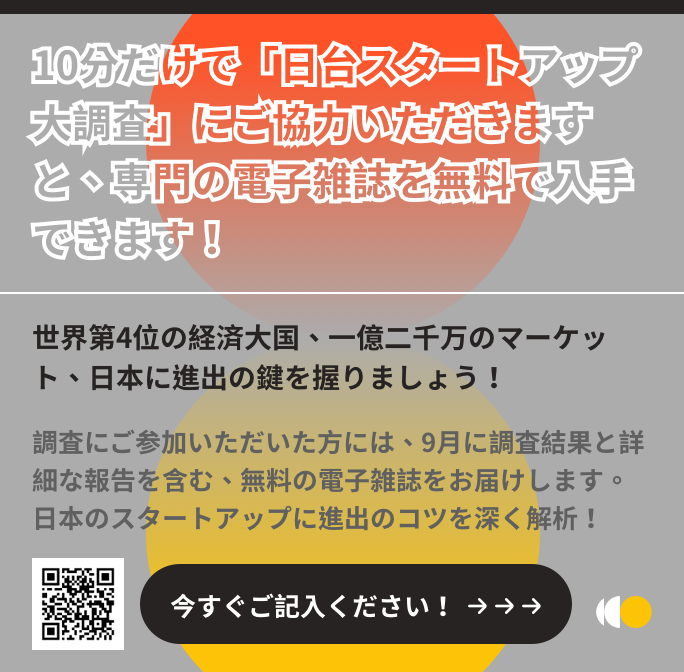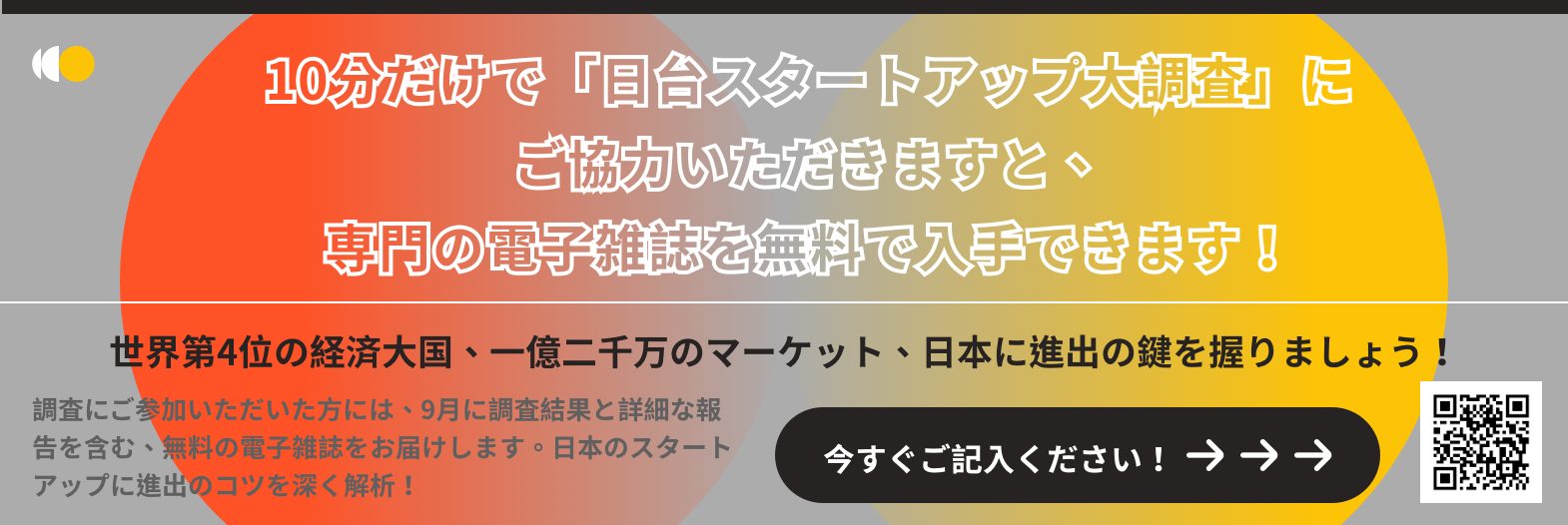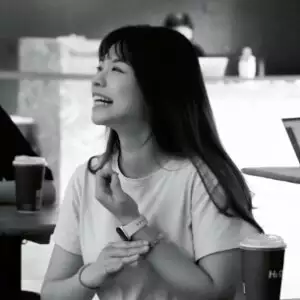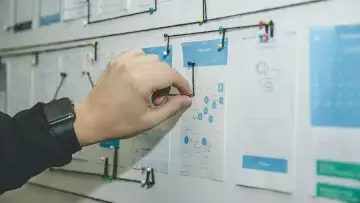What’s happening?
The Asia-Pacific region is undergoing a rapid transition. As a result, clients change their needs all the time. To respond to the changes, design thinking becomes essential for a business to transform an abstract idea into a constructive solution for product development. From a wider perspective, how can the designer's mindset, working methodology, and philosophy bring to play may exert a profound impact on the entire innovation and technology ecosystem in the Asia Pacific region? Therefore, it is crucial to understand the values and principles that guide designers in their work.
- Kanae Nomura, who currently works as a User Experience (UX) Architect based in Tokyo for Microsoft, previously worked as an in-house designer at Ricoh, a Japanese company specializing in office products such as printers and cameras. Later, Kanae relocated to the United States to focus on new business development design rather than existing products.
- Hailing her diverse background and training that make her an asset to the team, Cathy says Kanae's Japanese heritage, combined with her training and experience in Europe and the United States, gives her a unique perspective on design that is influencing multiple projects in the Asia Pacific region.
- According to Cathy, Kanae is a great example of the type of designer mindset that is essential for successful co-innovation across supply chains. In their in-depth exchanges of views on design thinking, one theme emerges as an underpinning element across the board, namely, diversity.
Cathy and Kanae share the belief that it is imperative to explore and establish mutual benefits and shared values among stakeholders from diverse cultural backgrounds. This is essential in formulating comprehensive solutions, whether in the form of a product or towards organizational transformation.
What are the challenges?
Diversity counts in the workplace and businesses yet advances slowly.
- In the Women in Work Index 2023 presented by an international professional services brand of firms PricewaterhouseCoopers, or PwC, that assesses how OECD countries perform on key metrics measuring women's employment outcomes, the result shows progress toward gender equality at work across the OECD has been exceedingly slow over the last 10 years. (PwC)
- According to a survey on diversity in the US tax industry, despite recent years of increasing awareness and public scrutiny on the subject, the profession has not significantly advanced race and gender diversity within accounting firms and corporate tax departments. (Bloomberg)
- Transformation requires a serious, long-term commitment from leaders. While diversity, equity, and inclusion, or DEI, in the workplace offers guidance for organizational leaders who are looking to foster a progressive culture transformation, Cathy points out that innovation is often associated with uncertainty and risk-taking and can advance rather slowly as transformation does.
Prioritizing DEI initiatives fosters innovation and culture transformation in a company
- What is DEI? Gallup, a global analytics and advice firm that helps leaders and organizations solve their most pressing problems, defines DEI in the following way (Gallup):
- Diversity: The traits and characteristics that make people unique
- Equity: Fair treatment, access, and advancement for each person
- Inclusion: An environment that makes people feel welcome, respected, and valued
- According to Cathy, supporting diversity requires shared values. As her team at Microsoft is transnational and constantly collaborates with companies from different cultures and countries, she believes that checking for mutual understanding is a crucial step in ensuring that their industrial partners are all on the same page.
- Additionally, diversity should not be limited to just cultural or ethnic backgrounds but should also include diversity in skills, experiences, and perspectives.
- It is not just about responding to external pressures, but about creating a truly inclusive and innovative culture within organizations that leads to better decision-making and creativity.
Other than diversity, design thinking and growth mindset vs. craftsmanship also play important roles in fostering innovation as Cathy and Kanae explain in the following.









